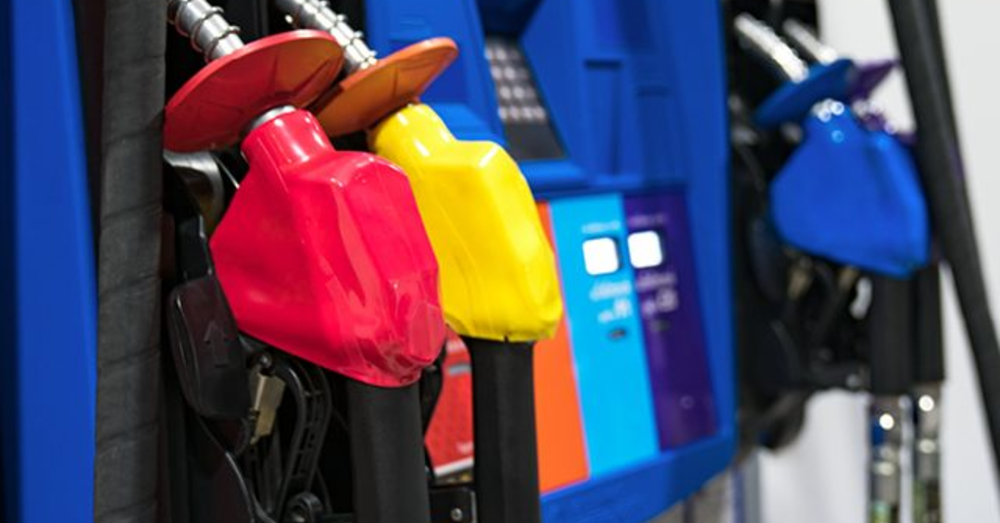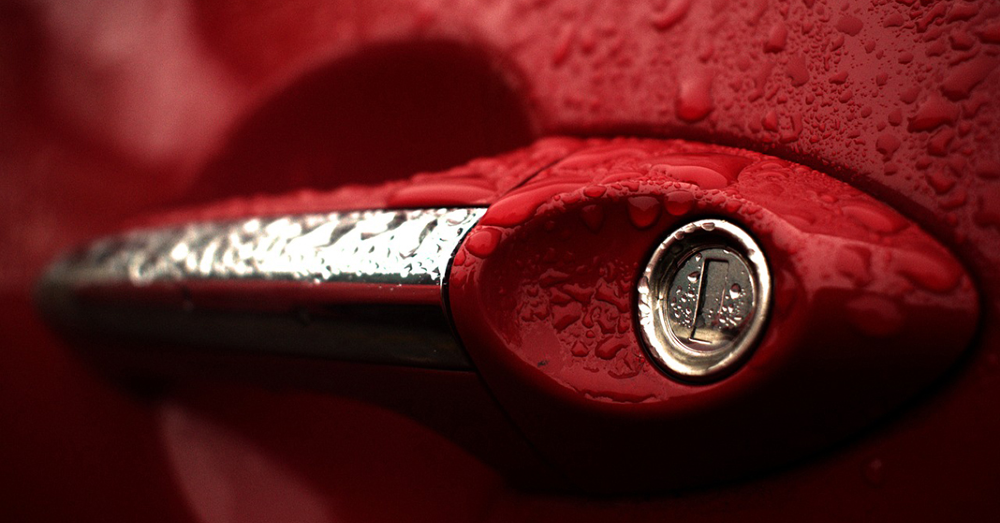The use of turbocharging and improved engine technology in the cars that we drive today means that we may need fuel that’s rated higher than ever to give us the performance we expect from our vehicles. When you run your vehicle on fuel that isn’t rated high enough, you could do more damage than good and those few dollars that you save at the pump can result in extremely high repair costs in the future. Make sure you know what type of fuel your vehicle needs and follow the octane recommendations to ensure your vehicle can operate properly.
What Happens When You Use the Wrong Fuel
If you choose to use gasoline that has the wrong octane level, you could do some serious damage to your engine. In some cases, you could melt holes in the pistons and cause catastrophic damage to the connecting rods of the vehicle. In other cases, you might experience spark knock which is a knocking sound that comes from the colliding of flame fronts inside the combustion chamber. This could lead to pressure spikes and cause the sound that you certainly don’t want to hear. Of course, there are ways to avoid both of these problems.
Use the Right Fuel
What does octane mean for you when you drive? The octane rating of a fuel is the resistance to igniting under pressure. In order to improve fuel economy and output figures, many manufacturers have increased the compression ratios of their engines which means you need to have a fuel that’s rated higher to make sure you can have a smooth drive and the right engine performance. You need to follow the recommendations in the owner’s manual of your vehicle to know which fuel you should use and make sure you never sway from this practice.
Don’t Cheapen Out
If you drive a vehicle that recommends but doesn’t demand, the use of premium fuel but you use the regular-grade gasoline instead, you will feel a difference. There’s a good chance you won’t damage your engine, but you could experience poor acceleration and a loss of fuel economy when you drive. Conversely, if you only need 87 octane fuel for your vehicle but you choose to use expensive gasoline, you’ll be spending money you don’t need to. Upgraded fuel won’t improve the performance of your vehicle if it’s rated for you to use 87 octane gasoline.
Step Up Only When You Should
It’s a good idea to add a higher grade of fuel to the tank when you’re going to take your vehicle through an area with extreme heat and dry air. Death Valley, in California, often experiences 120-degree temperatures and has extremely hot, dry air, and fuel that’s of a premium quality would benefit your vehicle when driving through this area. Other than these extreme circumstances, you only need to follow the manufacturer’s guidelines and put the gasoline in the tank that works best for your vehicle to give you the performance that you expect.




